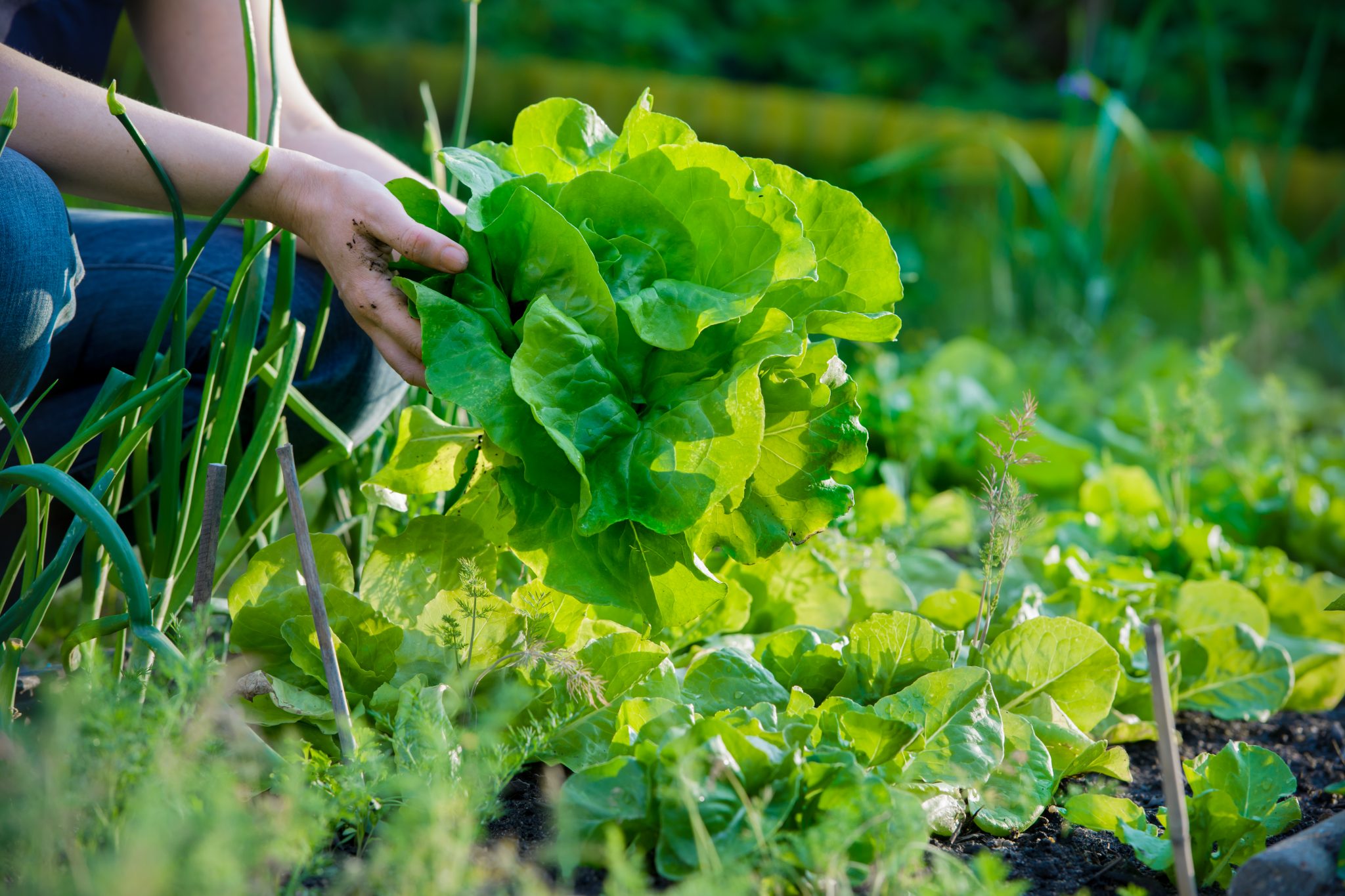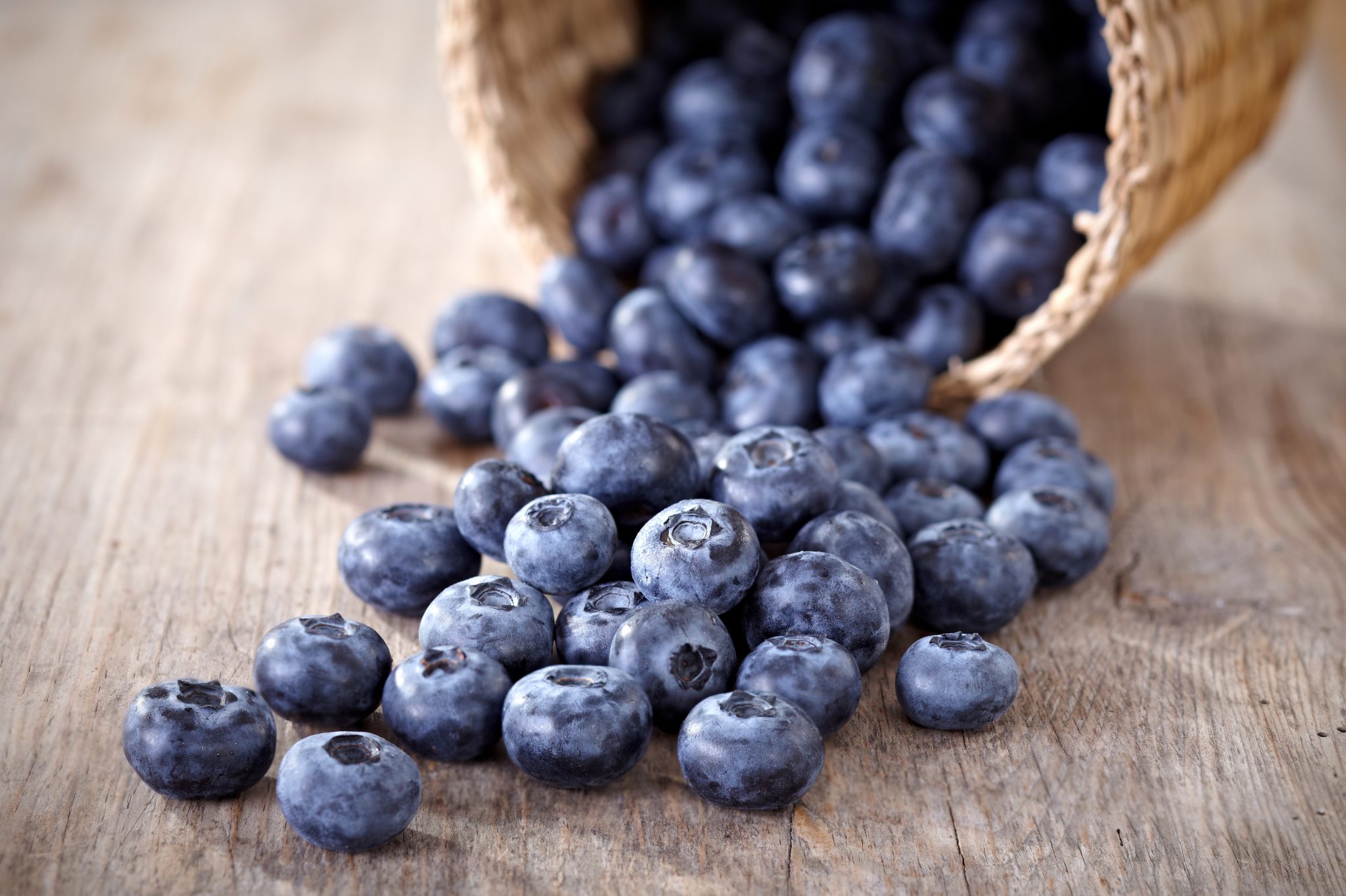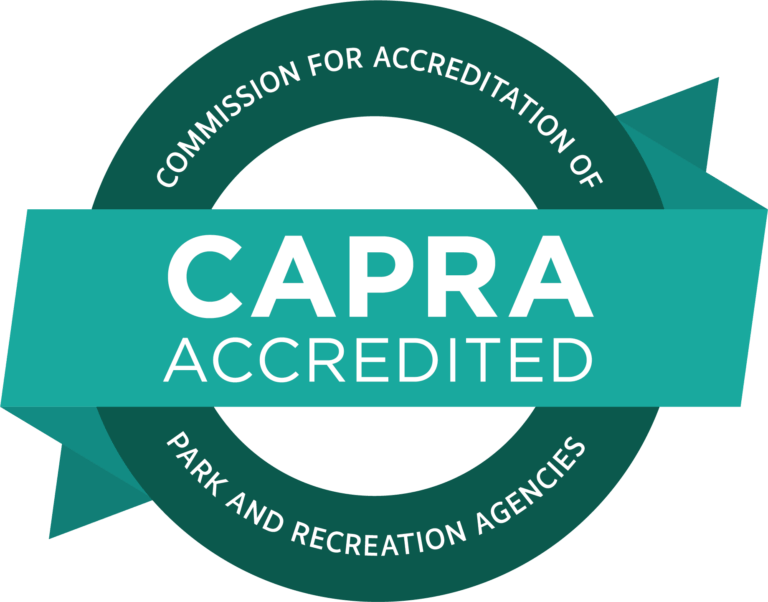Alkaline or acidic? Knowing what kind of soil you have can help you make early decisions about how you’ll want to handle your garden. From choosing your plants to working your beds, this simple, budget-friendly test is the perfect starting point for a happy garden.
There’s a local revival going on folks, and it’s gardening. These backyard buffets are popping up all over Roanoke neighborhoods for good reason. Growing your own food is beneficial to both body and mind, a great family activity, economic, completely delicious, and pretty darn easy given the right conditions. In this Start a Garden series, we’re going to highlight a few simple tips and tricks to help your garden get off on the right root.

First up, let’s get the dirt on dirt with soil testing. Yes, knowing your dirt matters. While raised beds are a great option, perhaps you’d rather see your yard put to better use than summoning a mower every other week. In that case, you’ll want to test your soil. We all know a palm tree wouldn’t thrive if transplanted to the arctic. A garden is kind of the same, but on a much more subtle level. It’s easy to pick plants based on your favorite eats, but if your soil isn’t ideal for those picks, there could be disappointment ahead. By testing your soil, you can go plant (or seed) shopping with the confidence of a seasoned farmer.
To test your soil, you can grab a soil testing kit at a local gardening center, request one from the local agriculture department, or by harking back to the days of your ancestors and doing it yourself. We’re going to show you the latter, using a few common household ingredients and materials.
testing your soil
There are a few ways this can go. Either your soil is more Alkaline or more Acidic – or it’s perfectly balanced and you are one lucky ducky. Ready to find out? Let’s get started.

Things you’ll need:
2 clean, sterile, pint-sized glass jars. Reused, sterilized (via the dishwasher) jars from store purchases are a great option.
1 cup baking soda
1 cup white distilled vinegar
1 cup water
2 cups of soil sample, gathered across different areas and depths of the garden area and combined
Test #1
Pour 1 cup of soil sample into a glass jar. Add a cup of white vinegar to the sample and let it sit. Give it a minute or so to see what the response is. If it bubbles or foams even slightly (and it generally increases in intensity as time goes on), your soil is more alkaline in nature. Alkaline means your PH is high, anywhere above 7. Most plants want a PH range of 5.5–7, and high alkaline could mean nutrient-deficient soil.
Test #2
No reaction on test 1? Time to check the acidity. Using the second glass jar, add 1 cup of your soil sample. Add 1 cup of water and 1 cup of baking soda to the soil sample. Again, you’re looking for bubbling and fizzing. If your soil reacts this time, it means you’ve got more acidic soil.
I know my soil. Now what?
Highly alkaline soil can be treated by adding organic sulfur, peat moss, or pine needles. Highly acidic soil will need wood ash or lime to balance out. However, no treatment option is a quick fix, and in most cases, the soil will need seasons, not days, to amend. The best thing you can do is to buy plants that love the environment you already have.

More Acidic? Go for blueberries, potatoes, beans, squash, peppers, and these other plants.
More Alkaline? Try cabbage, broccoli, beets, lettuce, asparagus, carrots and several other plants.
Stay tuned for the next post in the Starting a Garden series on light, spacing, and planning for success.
